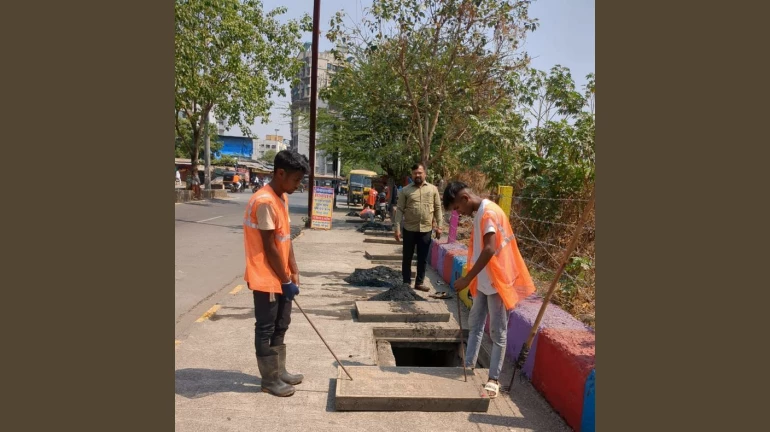Recently, Mumbai saw a series of unfortunate events that led to the loss of five workers' lives during sewer cleaning operations. These workers were involved in sewer line and septic tank cleaning operations under the jurisdiction of the Brihanmumbai Municipal Corporation (BMC).
In response, the Maharashtra government has stepped in and introduced a set of strict guidelines to prevent such tragedies in the future. Here are the 15 guidelines set by the government:
- There will be focus on the use of mechanical or machine-assisted procedures as the main method of cleaning enclosed spaces.
- Workers will manually work only in extreme cases that are deemed unavoidable.
- To protect the workers from these hazardous gases, they will be given advanced masks.
- Additionally, oximeters should be readily available to monitor toxicity and gas levels.
- Safety suits should provide adequate protection from water and sharp objects.
- Gum boots are to be provided to safeguard against harmful materials.
- There should be at least one diver available for emergency rescue scenarios.
- A medical kit should be on hand to treat any immediate injuries or health issues.
- Each worker must be equipped with a breathing device, safety glasses, and a safety belt linked to a rope for exit during any kind of emergency.
- Workers are advised to avoid direct contact with sewer waste.
- Only workers who have undergone appropriate training are allowed to work in confined areas.
- Before work, there should be thorough inspections for dust, hazardous and flammable gases, and sufficient oxygen levels in the air.
- Mechanical ventilation should be installed to ensure air supply in closed spaces, reducing the risk of fire or explosion. Direct oxygen supply should be avoided.
- Site managers are also required to provide safety licenses attesting to the application of safety precautions before allowing entry and starting work.
- Trained personnel should remain at the entrance until all workers have exited or have been replaced by another trained individual.
The state government has released these comprehensive guidelines to prevent sewer incidents, prioritising worker safety.
The guidelines also requires private companies and the workers they employee to be registered with local authorities. However, activists point out that the BMC has not registered a single worker despite the guidelines. However, activists point out that, despite these stipulations, the BMC has not registered a single worker.
In past two months of 2024, the city witnessed two horrific cases of manual scavenging. The first occurred in Ambujwadi on March 21, where three family members drowned after falling into a public lavatory tank. The second incident took place on April 24 in Malad (East), where a worker at a construction site lost his life while cleaning a sewer chamber.
Activists argue that there are many more unreported incidents. Manual scavenging continues to happen despite the Prohibition of Employment as Manual Scavengers and their Rehabilitation Act, 2013 (PEMSR) banning it, improvements in cleanliness, and the Swachh Bharat campaign.






